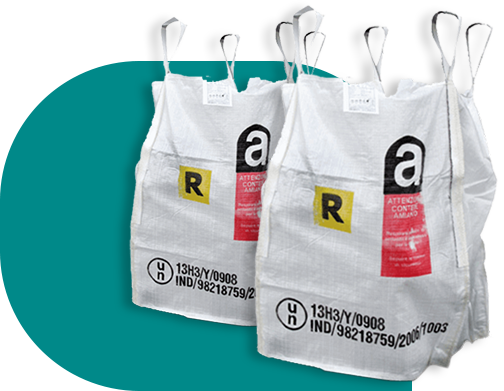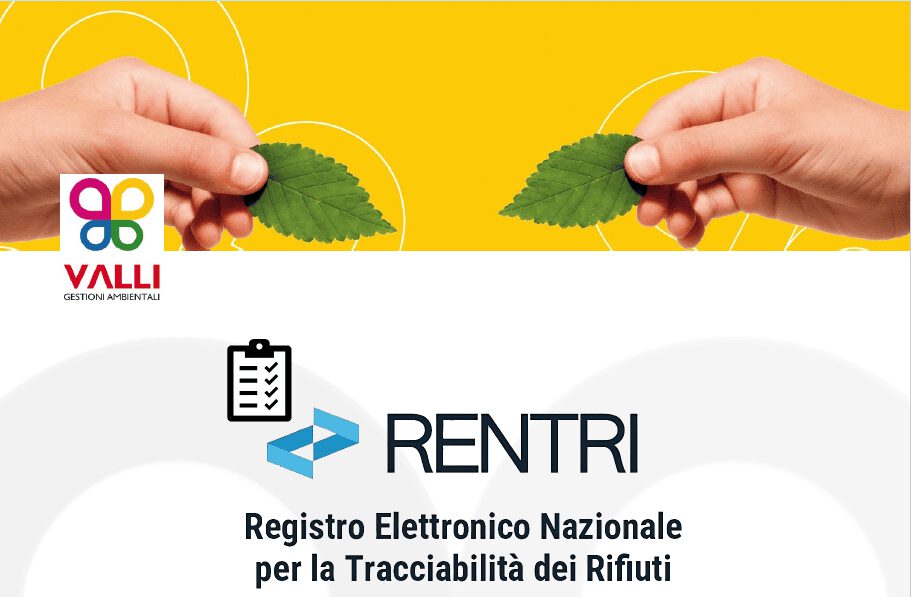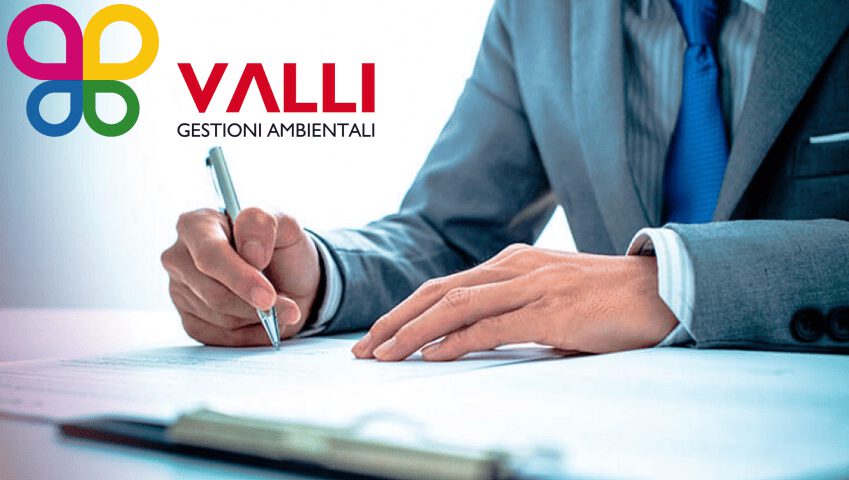Asbestos

Numerous companies specialized in environmental remediation rely on Valli Gestioni Ambientali for the management and disposal of materials containing asbestos, in particular for the disposal of eternit.
The Ministerial Decree 6/9/94 identifies three main methods for the remediation of sites polluted by asbestos:
- removal: this is the most widespread procedure, because, by permanently removing asbestos, it eliminates any potential source of exposure and any need to implement specific precautions for the activities that take place in the building, solving the problem at the root. Asbestos materials (flocked asbestos, friable asbestos, “eternit” or mixed asbestos cement) are delivered to landfills and/or authorized plants for the management and disposal of asbestos;
- encapsulation: consists of the treatment of asbestos with penetrating or covering products that (depending on the type of product used) tend to incorporate the asbestos fibers, restore adhesion to the substrate, and form a protective film on the exposed surface;
- confinement: consists of the installation of a watertight barrier that separates the asbestos from the occupied areas of the building.
Before asbestos disposal: the story
The term asbestos (or asbestos) identifies several fibrous mineralogical varieties, some belonging to the amphibole supergroup (anthophyllite, actinolite, crocidolite, grunerite and tremolite) and one to the serpentine subgroup, namely chrysotile. The term has a predominantly commercial value and is used to indicate those minerals which, due to their peculiar physical properties, in particular non-combustibility and resistance to high temperatures, have been used in numerous industrial applications and technologies, through the production of the so-called Asbestos-Containing Materials (MCA).
The industrial use of asbestos has intensified since the early twentieth century, with the production of asbestos-cement and friction materials (brakes, clutches), until it peaked in the 70s, a period in which numerous products containing asbestos were available on the market, many of which are still present in buildings and plants today. Applications ranged:
- from the industrial and railway sectors, for its fireproof and insulating properties;
- to the construction sector, with asbestos-cement products (such as Eternit), which accounted for more than 70% of total production;
- up to more specific uses such as vinyl-asbestos tiles, mastics, adhesives, gaskets, friction products, cartons, fabrics, beverage filters, etc.
During the twentieth century, the danger of asbestos for human health became clear: the inhalation of its fibers can cause serious lung diseases, including asbestosis, lung cancer and mesothelioma. This correlation between exposure and pathologies led to the adoption of Law no. 257 of 27 March 1992, which prohibited the extraction, importation, marketing, production and use of asbestos and products containing it. The Law provided for a gradual divestment program, with a deadline set for April 28, 1994.
In addition to the ban, the legislation has introduced provisions for the management, treatment and disposal of materials containing asbestos, in order to protect public health and the environment, regulating the residual remediation and safety activities.
Eternit and asbestos, specialized management and disposal and removal, how to do it and who to contact
The removal of eternit and other Asbestos-Containing Materials (MCA) must be entrusted exclusively to companies registered in the National Register of Environmental Managers (in Italian, Albo Nazionale Gestori Ambientali), in the specific category for asbestos remediation. The disposal of eternit is, in fact, a complex and regulated operation, which requires technical skills, suitable equipment and compliance with strict environmental and health safety procedures.
The removal of eternit artifacts is an intervention, not only encouraged by many regions, but also fundamental for the protection of public health. Despite the ban on use, many civil and industrial buildings still have eternit roofs or components, due to the low cost and high durability of the material. The removed asbestos must be disposed of correctly at landfills or authorized plants, in accordance with the provisions of current legislation.
Receive information on: asbestos, management and disposal Bergamo, Brescia, Milan
For detailed information on the removal, management and disposal of eternit, please contact:
- to the competent bodies (e.g. ATS, ASL, Region);
- to specialized companies, such as Valli Gestioni Ambientali, operate in full compliance with current regulations.
Valli Gestioni Ambientali deals with:
- transport of asbestos;
- storage at its authorized plants;
- transfer to landfills suitable for the management of eternit and other materials containing asbestos.
Valli Gestioni Ambientali operates throughout Northern Italy, in particular it deals with:
- management and disposal of eternit Bergamo;
- management and disposal of eternit Brescia;
- management and disposal of Eternit Lecco;
- management and disposal of eternit Veneto, in general.
Thanks to efficient logistics and consolidated partnerships, Valli Gestioni Ambientali also operates in Central and Southern Italy, guaranteeing high standards of quality and reliability throughout the country.
How to give eternit to our plant
The material already removed and treated by specialized companies that carry out the removal work is loaded onto vehicles of Valli Gestioni Ambientali and/or authorized third parties, according to the following methods:
- Eternit sheets: to be disposed of intact, treated with a suitable encapsulant, stacked and wrapped with transparent and resistant plastic material (the eternit must be clearly visible from the outside), suitably sealed with transparent film and adhesive tape suitable for asbestos. The slabs thus packaged must be placed on standard pallets (120 cm deep) in good condition, outside the casing. Coveralls, masks and other PPE must be disposed of separately;
- crushed material: treated with suitable encapsulant and packaged in UN approved hermetic big bags, resistant to tearing.
As required by the National Register of Environmental Managers (Prot.n.1912/ALBO/PRES), before transport, before transport, each package must include:
- black “R” label on a yellow background;
- white “A” label on a black background, in lowercase block letters.
By contacting us, you will receive an answer from experienced staff who are able to direct you in the best possible way.



